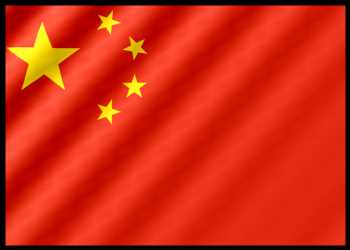China’s consumer price inflation increased in May but remained very weak and factory gate prices declined the most in more than seven years, leaving the door open for monetary policy easing to support the struggling economy.
Consumer price inflation rose to 0.2 percent in May from 0.1 percent in the previous month, the National Bureau of Statistics said Friday. However, this was slower than the expected rate of 0.3 percent.
The government aims to keep consumer price inflation at around 3.0 percent this year.
The consumer price index dropped 0.2 percent in May from April, when prices slid 0.1 percent. Prices were expected to fall again by 0.1 percent.
Core inflation that excludes food and energy slowed to 0.6 percent from 0.7 percent a month ago.
Food price inflation accelerated to 1.0 percent from 0.4 percent, while non-food prices remained flat on year.
Producer prices declined 4.6 percent on a yearly basis in May, the NBS said in a separate report. This was the biggest fall since February 2016. Economists had forecast prices to drop 4.3 percent after a 3.6 percent decrease in April.
A tightening of labor market is likely to put some upward pressure on inflation later this year, economists at Capital Economics said. Nonetheless, it is set to remain well within policymakers’ comfort zone.
The People’s Bank of China is expected to ease policy somewhat in the near-term, economists said. But in order to limit the impact on bank margins, the PBoC will favor tools such as window guidance and reserve requirement ratio reductions instead of policy rate cuts, they added.
Source: Read Full Article

